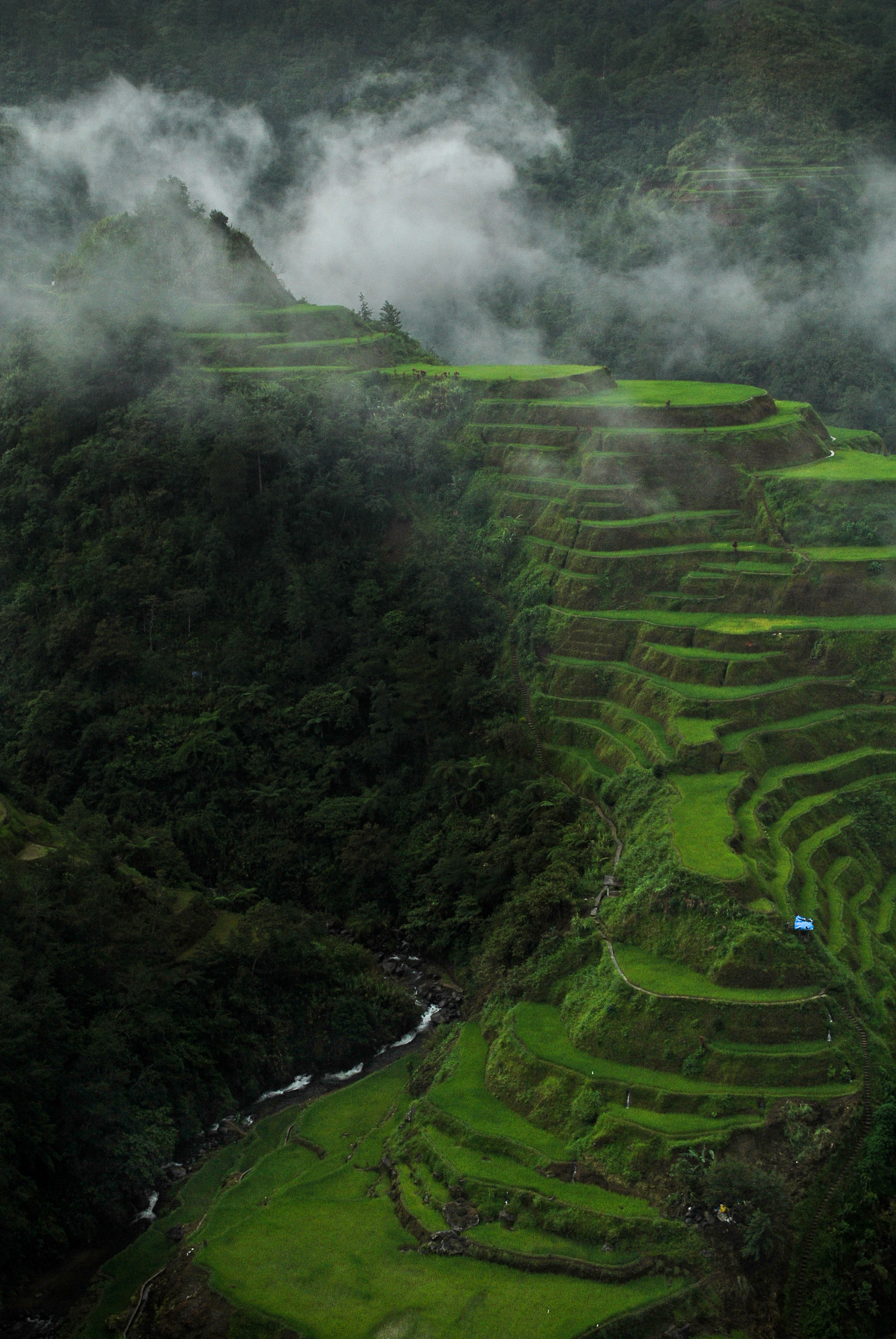|
List Of Cultural Properties Of The Philippines In Caraga ...
This list contains an overview of the government recognized Cultural Properties of the Philippines in Caraga. The list is based on the official lists provided by the National Commission on Culture and the Arts, National Historical Commission of the Philippines and the National Museum of the Philippines. No Cultural Properties recognized by the government are known at this point. See also *List of historical markers of the Philippines in Caraga {{Cultural Properties of the Philippines Cultural Properties Buildings and structures in Mindanao Caraga Caraga, officially the Caraga Administrative Region (or simply known as Caraga Region) and designated as Region XIII, is an administrative region in the Philippines occupying the northeastern section of Mindanao. The region was created through ... [...More Info...] [...Related Items...] OR: [Wikipedia] [Google] [Baidu] |
Cultural Properties Of The Philippines
These lists contain an overview of the government recognized cultural properties in the Philippines. The lists are based on the official lists provided by the National Commission for Culture and the Arts, National Historical Commission of the Philippines, and the National Museum of the Philippines. The lists have been subdivided per region. Cultural sites by region *List of Cultural Properties of the Philippines in Metro Manila * List of Cultural Properties of the Philippines in the Cordillera Administrative Region *List of Cultural Properties of the Philippines in the Ilocos Region *List of Cultural Properties of the Philippines in Cagayan Valley *List of Cultural Properties of the Philippines in Central Luzon * List of Cultural Properties of the Philippines in Calabarzon *List of Cultural Properties of the Philippines in Mimaropa * List of Cultural Properties of the Philippines in the Bicol Region *List of Cultural Properties of the Philippines in Western Visayas *List of ... [...More Info...] [...Related Items...] OR: [Wikipedia] [Google] [Baidu] |
Philippines
The Philippines (; fil, Pilipinas, links=no), officially the Republic of the Philippines ( fil, Republika ng Pilipinas, links=no), * bik, Republika kan Filipinas * ceb, Republika sa Pilipinas * cbk, República de Filipinas * hil, Republika sang Filipinas * ibg, Republika nat Filipinas * ilo, Republika ti Filipinas * ivv, Republika nu Filipinas * pam, Republika ning Filipinas * krj, Republika kang Pilipinas * mdh, Republika nu Pilipinas * mrw, Republika a Pilipinas * pag, Republika na Filipinas * xsb, Republika nin Pilipinas * sgd, Republika nan Pilipinas * tgl, Republika ng Pilipinas * tsg, Republika sin Pilipinas * war, Republika han Pilipinas * yka, Republika si Pilipinas In the recognized optional languages of the Philippines: * es, República de las Filipinas * ar, جمهورية الفلبين, Jumhūriyyat al-Filibbīn is an archipelagic country in Southeast Asia. It is situated in the western Pacific Ocean and consists of around 7,641 islands t ... [...More Info...] [...Related Items...] OR: [Wikipedia] [Google] [Baidu] |
Caraga
Caraga, officially the Caraga Administrative Region (or simply known as Caraga Region) and designated as Region XIII, is an administrative region in the Philippines occupying the northeastern section of Mindanao. The region was created through ''Republic Act No. 7901'' on February 23, 1995. The region comprises five provinces: Agusan del Norte, Agusan del Sur, Dinagat Islands, Surigao del Norte, and Surigao del Sur; six cities: Bayugan, Bislig, Butuan, Cabadbaran, Surigao and Tandag; 67 municipalities and 1,311 barangays. Butuan, the most urbanized city in Caraga, serves as the regional administrative center. Etymology Caraga is named after the Kalagan people (Spanish "Caragan"), a Mansakan subgroup (related to Visayans) native to the regions of Davao and parts of Caraga who speak the Kalagan languages. The name itself is from ''kalagan'' (literally "trongspirited") which means "fierce" or "brave"; from ''kalag'' ("spirit" or "soul") in the native animistic '' anito'' ... [...More Info...] [...Related Items...] OR: [Wikipedia] [Google] [Baidu] |
National Commission On Culture And The Arts
The National Commission for Culture and the Arts of the Philippines ( fil, Pambansang Komisyon para sa Kultura at mga Sining, ceb, Nasodnong Komisyon alang sa Budaya ug mga Arte) is the official government agency for culture in the Philippines. It is the overall policy making body, coordinating, and grants giving agency for the preservation, development and promotion of Philippine arts and culture; an executing agency for the policies it formulates; and task to administering the National Endowment Fund for Culture and the Arts (NEFCA) – fund exclusively for the implementation of culture and arts programs and projects. History The successful overthrow of the dictatorship in 1986 through the People Power Revolution inspired the different sectors of society to rally behind the new government towards the restoration of democracy. On March 12, 1986, the Alliance of Artists for the Creation of a Ministry of Culture (AACMC) drafted and adopted a proposal for the establishment of a ... [...More Info...] [...Related Items...] OR: [Wikipedia] [Google] [Baidu] |
National Historical Commission Of The Philippines
The National Historical Commission of the Philippines ( fil, Pambansang Komisyong Pangkasaysayan ng Pilipinas, abbreviated NHCP) is a government agency of the Philippines. Its mission is "the promotion of Philippine history and cultural heritage through research, dissemination, conservation, sites management and heraldry works." As such, it "aims to inculcate awareness and appreciation of the noble deeds and ideals of our heroes and other illustrious Filipinos, to instill pride in the Filipino people and to rekindle the Filipino spirit through the lessons of history." History The present day NHCP was established in 1972 as part of the reorganization of government after President Ferdinand Marcos' declaration of martial law, but the roots of the institute can be traced back to 1933, when the American colonial Insular Government first established the Philippine Historical Research and Markers Committee (PHRMC). Philippine Historical Research and Markers Committee (1933) The P ... [...More Info...] [...Related Items...] OR: [Wikipedia] [Google] [Baidu] |
National Museum Of The Philippines
The National Museum of the Philippines ( fil, Pambansang Museo ng Pilipinas}) is an umbrella government organization that oversees a number of national museums in the Philippines including ethnographic, anthropological, archaeological, and visual arts collections. From 1973 until 2021, the National Museum served as the regulatory and enforcement agency of the government of the Philippines in the restoring and safeguarding of significant cultural properties, sites, and reservations throughout the Philippines. The mandate has since been transferred to the National Commission for Culture and the Arts. The National Museum operates the National Museum of Fine Arts, National Museum of Anthropology, and the National Museum of Natural History, all located in the National Museum Complex in Manila. The institution also operates branch museums throughout the country. The National Museum also established and operates regional museums across the Philippines: National Museum Eastern-Northe ... [...More Info...] [...Related Items...] OR: [Wikipedia] [Google] [Baidu] |
List Of Historical Markers Of The Philippines In Caraga
This list of historical markers installed by the National Historical Commission of the Philippines (NHCP) in Caraga is an annotated list of people, places, or events in the region that have been commemorated by cast-iron plaques issued by the said commission. The plaques themselves are permanent signs installed in publicly visible locations on buildings, monuments, or in special locations. While many Cultural Properties have historical markers installed, not all places marked with historical markers are designated into one of the particular categories of Cultural Properties. Agusan del Norte Dinagat Islands Surigao del Norte See also *List of Cultural Properties of the Philippines in Caraga References Footnotes Bibliography * *A list of sites and structures with historical markers, as of 16 January 2012 [...More Info...] [...Related Items...] OR: [Wikipedia] [Google] [Baidu] |
Buildings And Structures In Mindanao
A building, or edifice, is an enclosed structure with a roof and walls standing more or less permanently in one place, such as a house or factory (although there's also portable buildings). Buildings come in a variety of sizes, shapes, and functions, and have been adapted throughout history for a wide number of factors, from building materials available, to weather conditions, land prices, ground conditions, specific uses, prestige, and aesthetic reasons. To better understand the term ''building'' compare the list of nonbuilding structures. Buildings serve several societal needs – primarily as shelter from weather, security, living space, privacy, to store belongings, and to comfortably live and work. A building as a shelter represents a physical division of the human habitat (a place of comfort and safety) and the ''outside'' (a place that at times may be harsh and harmful). Ever since the first cave paintings, buildings have also become objects or canvasses of much artistic ... [...More Info...] [...Related Items...] OR: [Wikipedia] [Google] [Baidu] |



.jpg)

